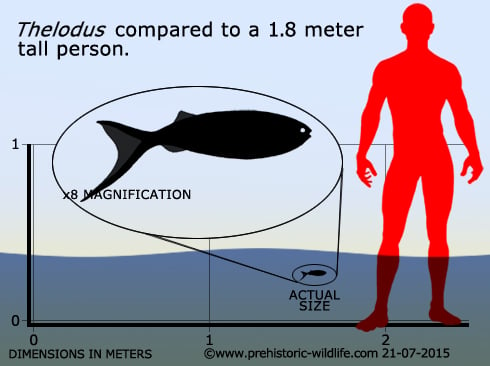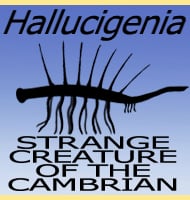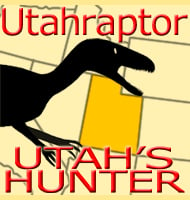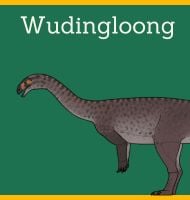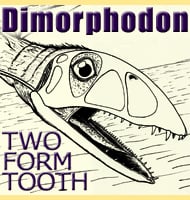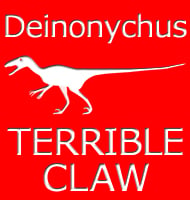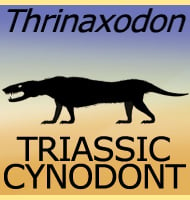In Depth
Although in fish terms Thelodus were very primitive, this genus shows a development towards stronger open water swimming. Thelodus possessed a better developed tail, a dorsal fin (on the back), and anal fin (underside, near the tail) as well as rudimentary pectoral fins in the shape of flaps that could be angled to control pitch when swimming. Add to this a mouth that was faced forwards, not down as seen in bottom feeders of the time, and it’s easy to appreciate that Thelodus were more likely open water fish that either filtered plankton or sucked in small organisms as they swam forward. Additionally, the lack of heavier body commonly seen in other fish genera of the time, further supports an open water, and reliance upon speed instead of armour for defence.
Further Reading
- Ordovician and Lower Silurian thelodonts from Severnaya Zemlya Archipelago (Russia), T. Marss and V. Karatajute-Talimaa - 2002.
